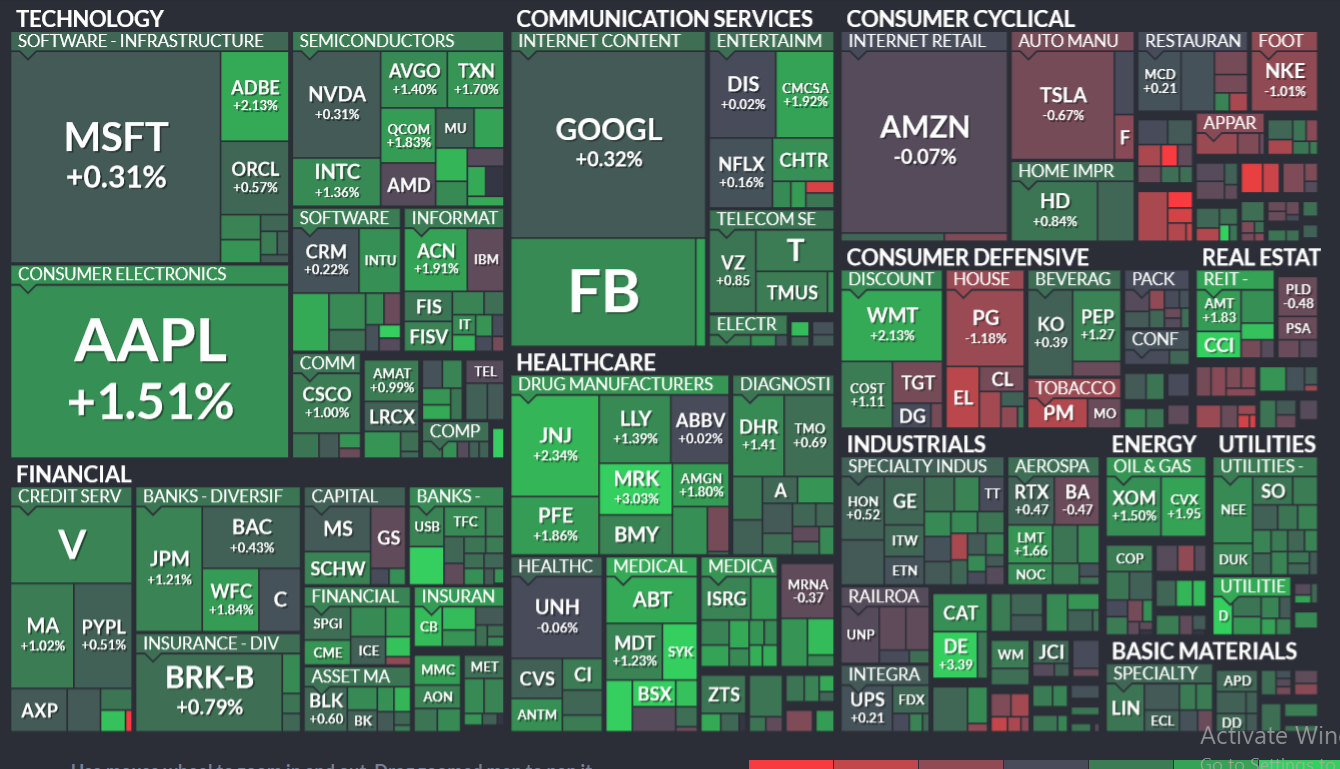Both Brent and West Texas Intermediate crude benchmarks swung between gains and losses on Monday as investors eyed the developments in eastern Ukraine where a Malaysian Air jet was shot down, deepening the worst standoff between Russia and the West since the Cold War. However, expectations that the expansion of Western sanctions against Russia will have little-to-no effect on Russian energy exports limited upside momentum.
On the New York Mercantile Exchange, WTI crude for delivery in September rose by 0.37% to 102.33 per barrel by 14:24 GMT, having shifted in a daily range between $102.42 and $101.48 per barrel. The contract lost 0.24% on Friday but settled the week 2.3% higher, supported by geopolitical tension.
Meanwhile on the ICE, Brent futures for settlement in the same added 0.19% to trade at $107.44 per barrel. Prices held in a daily range between $107.55 and $106.79 a barrel. The European crude benchmark lost 0.6% on Friday but closed the week 0.5% higher, its first weekly advance in a month.
U.S. Secretary of State John Kerry said on Sunday that there was concrete evidence of Russia’s involvement in the incident. “We picked up the imagery of this launch,” he said, cited by Bloomberg. “We know the trajectory. We know where it came from. We know the timing.”
Facing international pressure to respond to allegations of Russian participation in the attack, President Vladimir Putin remained neutral and appeared unconcerned about the possible expansion of sanctions and growing tension. “The country in whose airspace this happened bears responsibility for it,” he said last week.
The downing of Malaysia Airlines flight MH17 once again escalated the tension between Russia and Western major powers which has been smoldering ever since the civil unrest in Ukraine sparked and marked the worst diplomatic standoff between Russia and the West since the Cold War. However, market participants abstained from building a higher risk premium into the crude benchmarks as they saw the conflict having little chance of disrupting supply deliveries from Russia.
According to data by the U.S. Commodity Futures Trading Commission released on July 18th, money managers reduced net-long positions on WTI by 45 107 to 259 259 futures and options combined in the week through July 15th, the lowest since the week ended January 21st. Bullish bets on Brent were trimmed by 25% to 151 981 lots last week, data by the ICE exchange showed.
Middle East, Libya
Also supporting prices, Iran will face renewed pressure to decelerate its nuclear program after the Islamic Republic and six major world powers failed to reach an agreement within the July 20th deadline to end a decade-long dispute regarding its nuclear activities. However, Reuters reported that the Persian Gulf nation has made progress in eliminating its most sensitive stockpile of enriched uranium gas, honoring an interim accord reached late last year.
Market players also eyed developments in Libya and the Gaza Strip to gauge the extent of possible supply disruptions and risk premium that should be priced into the crude benchmarks.
In Libya, holder of Africa’s biggest crude reserves, unrest in Tripoli continued after government forces regained control over two export terminals from rebels and prepared to resume outbound shipments.
Meanwhile, Israeli tanks shelled militant targets in the Gaza Strip as the clashes entered their bloodiest phase. Militants slayed 13 soldiers, while a dozen of Palestinians were killed. Although Israel and the Gaza Strip don’t account for any oil production, investors fear that an escalation of tension in the region might spill the conflict over neighboring major producers and disrupt oil supplies.
Natural gas
Elsewhere on the energy market, natural gas extended its decline as mild weather across most of the US implied moderate demand for cooling demand. Additionally, an expected cooling of temperatures at the end of the week is projected to further reduce electricity demand.
On the New York Mercantile Exchange, natural gas futures for settlement in August fell by 2.30% to $3.860 per million British thermal units, having shifted in a daily range between $3.893 and an eight-month low of $3.844 per mBtu. The energy source slid by 0.08% on Friday to $3.951, closing the week 4.7% lower, and extended the previous two five-day periods’ combined decline of 6.5%.
According to NatGasWeather.com’s July 21st – July 27th weather forecast, temperatures over much of the northern US are expected to rise into the high-80s and low-90s through the middle of the week, while the southern parts of the country will see readings peaking at between 90 and 100 degrees Fahrenheit. However, the widespread high temperatures will quickly give way to cooler conditions as another Canadian cool blast will lower readings in the northern and central US late this week. The northern US will see showers, thunderstorms and below-average temperatures during the upcoming weekend, while the western and southern parts of the country will enjoy seasonal or little-above-seasonal readings, except for the Pacific Northwest and the immediate coast.
For the interval between July 28th and August 3rd, NatGasWeather.com predicted that several cool blasts carrying showers, thunderstorms and below-normal temperatures, will track across the Midwest and Northeast. Readings across the South are also expected to drop by a few degrees, the weather agency said.
Temperatures expectations
According to AccuWeather.com, the high in New York on July 24th will be 84 degrees Fahrenheit, matching the seasonal, but readings will drop to as much as 6 degrees below the average between July 28th and August 1st. Chicago will see temperatures dropping to as much as 73 degrees on July 23rd, 11 below the usual, and will remain 2-9 beneath normal through July 31st.
To the South, Houston will see temperatures peaking at 95 degrees Fahrenheit on July 24th, 1 degree above the average, and readings are projected to remain at these levels through July 29th. A brief cool period is expected between July 30th and August 2nd, when readings will be 5-9 degrees below the usual. On the West Coast, the high in Los Angeles will be 80 degrees Fahrenheit, 4 beneath the average, and except for a couple of brief periods will remain beneath normal through August 5th.





